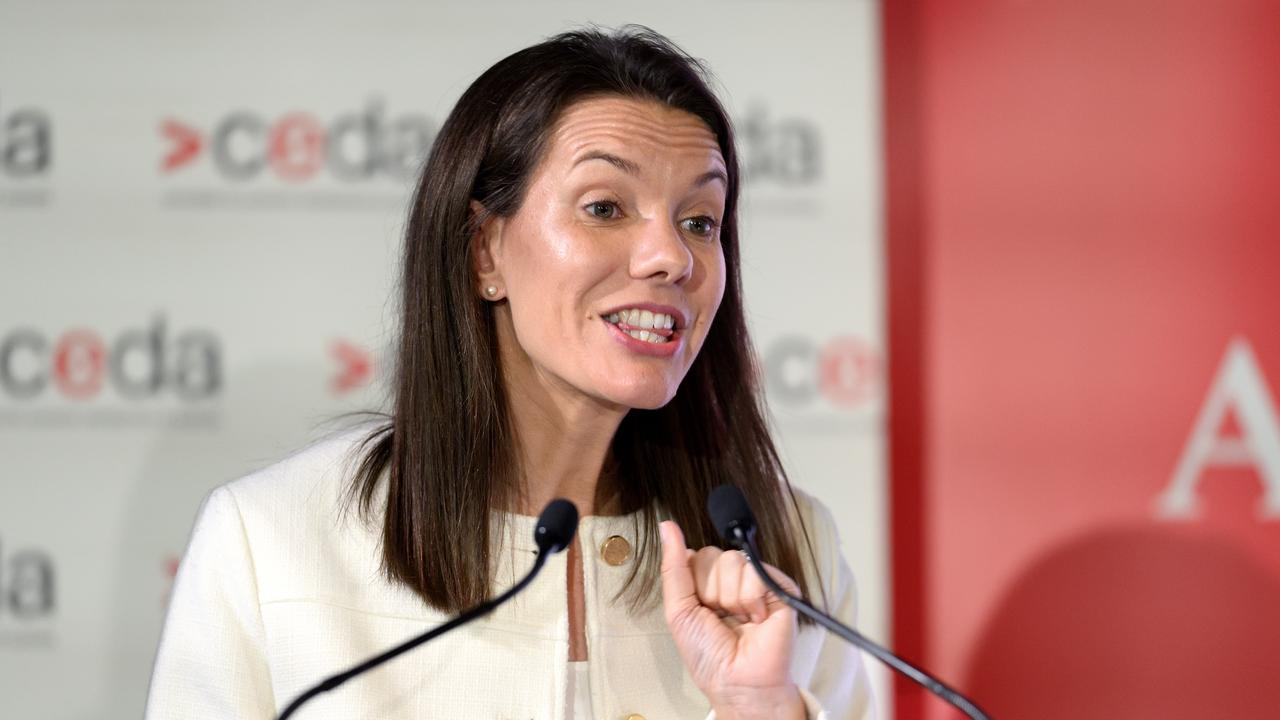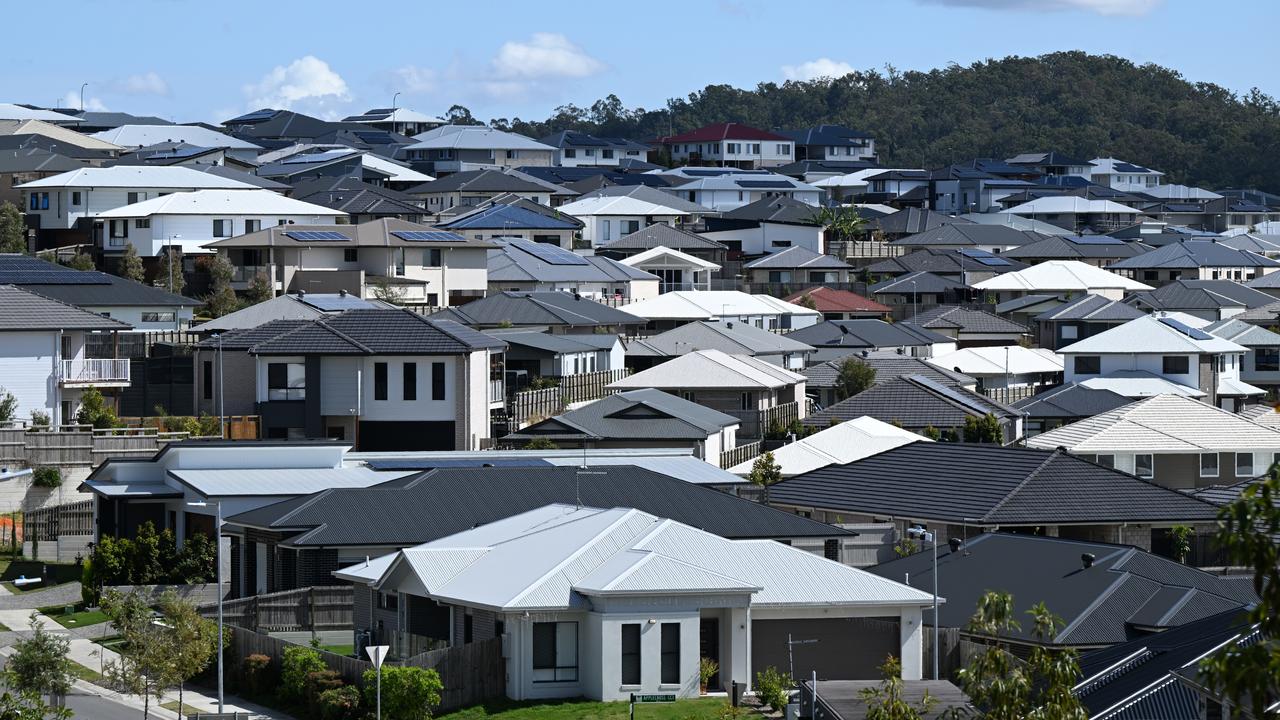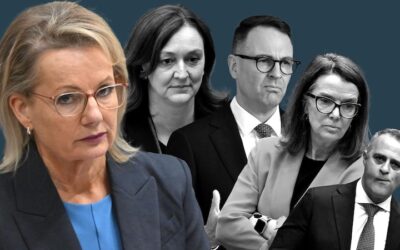The woman tasked with fixing Australia’s most expensive housing market admits her government failed in its handling of a record-breaking investment in social homes.
More than $6.6 billion for social housing and homelessness services headlined the NSW budget in 2024, the state’s largest post-war investment in the sector.
But Housing Minister Rose Jackson told industry players on Thursday she failed by selling the investment as a “nice thing to do”, rather than “profoundly necessary” for the state’s economy.
“My failure was to frame this policy in the public narrative as a do-gooder, a helping-hand for people struggling with homelessness or housing stress, a nice thing nice governments do to help those who are less fortunate,” she told the Committee for the Economic Development of Australia.
“It was a failure I made not talking about how ensuring people in this state have access to safe and affordable housing is the greatest economic stimulus package that we could possibly design for NSW.”
Homes NSW is tasked with building 8400 new public houses as part of the $6.6 billion investment.
CEO Rebecca Pinkstone said it might not sound like many, but its flow-on effect could be big.

“While it might be 8400 social homes, that’s unlocking actually 30,000 private market and affordable homes in NSW,” she said.
“The multiplier effect of the state stepping in to say ‘there’s a role for us to play in public housing’ actually has broader impact on the housing market and the delivery of housing.”
Cities able to balance growth and livability can bring massive advantages, including saving $5.3 billion on rent annually, Monash University researchers said on Thursday.
Their study of 655 Australian cities found sustainability peaks when population figures are within four per cent of ‘ideal capacity’, which is when housing, jobs, transport and services operate in balance.
Living in the “Goldilocks zone” saved tenants an average of $1560 in rent every year, cut car usage in 275,000 households and allowed more walking to work.
Canberra, Adelaide and Perth were considered in the zone while Gold Coast, Newcastle, Melbourne and Sydney were all above the four per cent threshold.
Australian Associated Press is the beating heart of Australian news. AAP is Australia’s only independent national newswire and has been delivering accurate, reliable and fast news content to the media industry, government and corporate sector for 85 years. We keep Australia informed.





